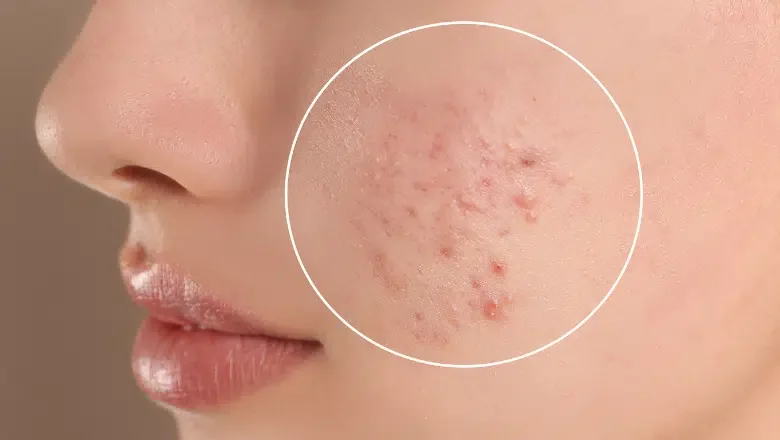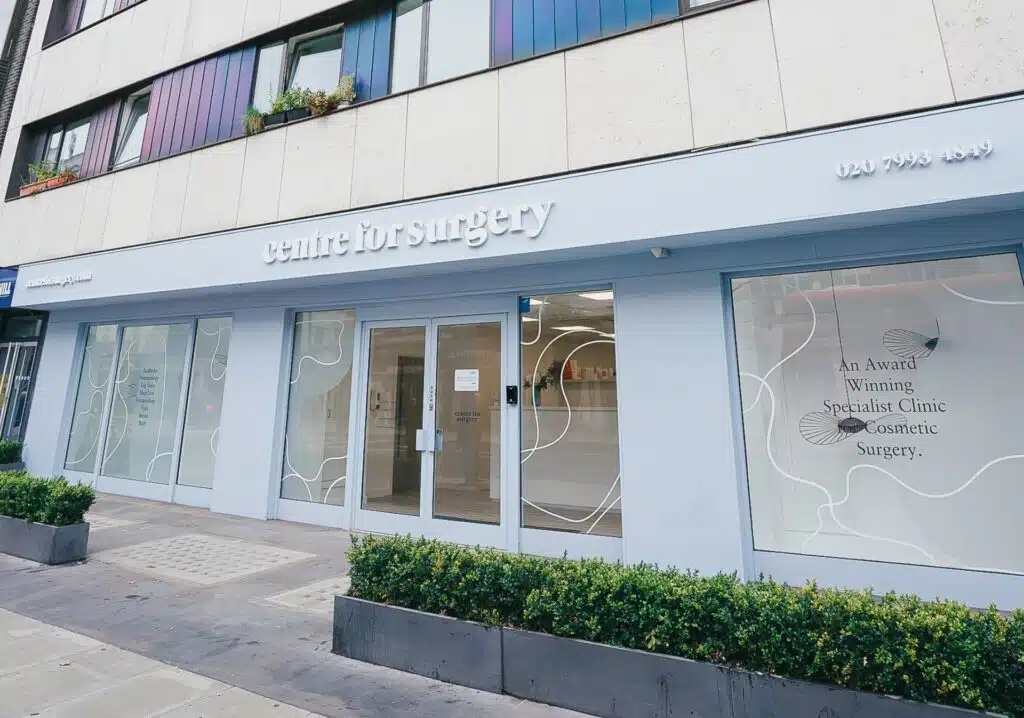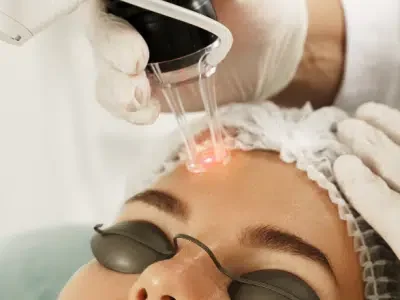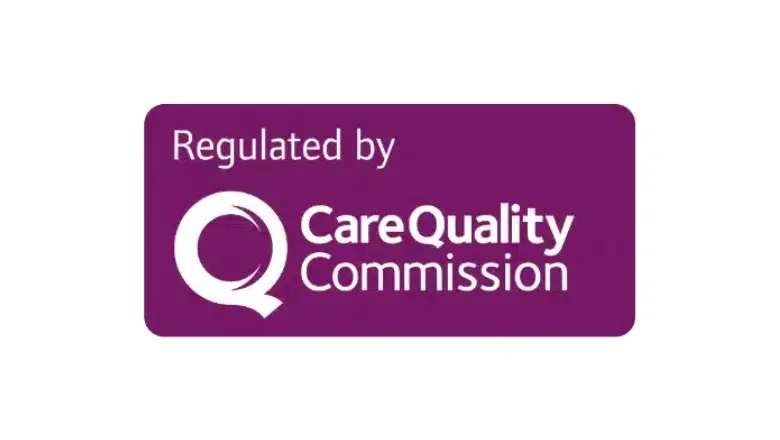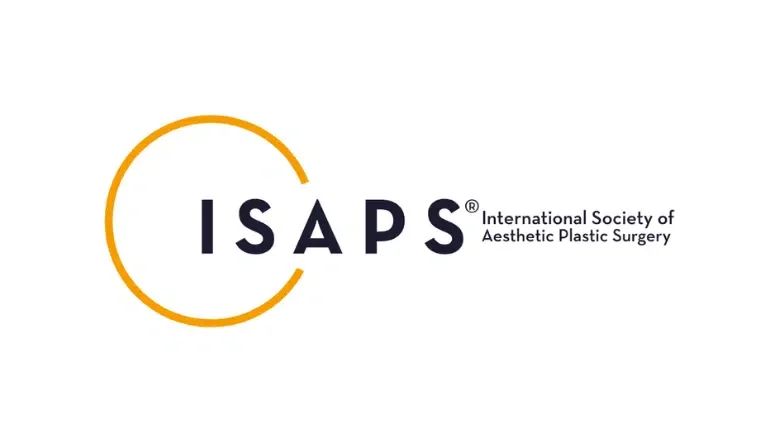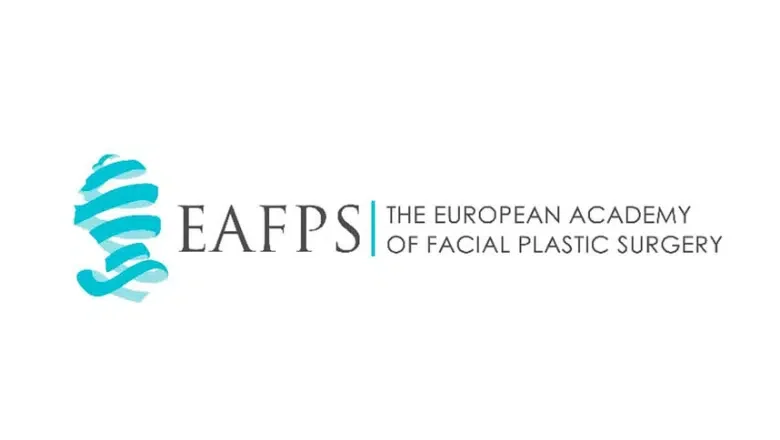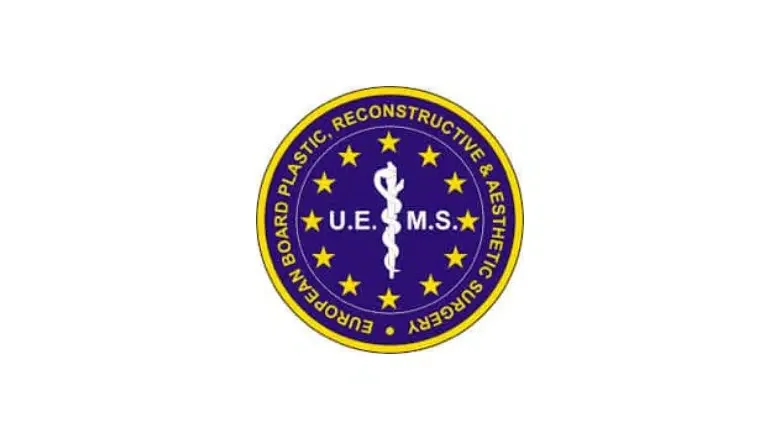Understanding Cystic Acne
Cystic acne stands as one of the most severe forms of acne, a skin condition primarily characterised by inflamed, pus-filled lesions that are deeply embedded in the skin. These lesions often appear as large, red, and painful bumps on the face, chest, back, upper arms, or shoulders. Unlike other milder forms of acne, cystic acne is notably more intense and can persist for extended periods.
RELATED: Laser Acne Treatment
The development of cystic acne is attributed to a combination of factors. Firstly, the skin’s oil glands produce an excess of sebum, a natural oil that ordinarily helps to keep the skin lubricated and healthy. When there’s an overproduction, it can lead to blockages within the hair follicles. Secondly, these blockages trap dead skin cells and sebum, creating an environment where bacteria, particularly Propionibacterium acnes (P. acnes), can thrive.
The presence of these bacteria exacerbates the condition, leading to inflammation and the formation of cysts beneath the skin’s surface. Unlike other acne types, these cysts are deeper and more painful due to their location in the deeper layers of the skin and the extent of inflammation involved.
One of the distinguishing features of cystic acne is its tendency to cause more significant damage to the skin. This can include not only severe discomfort but also the risk of scarring. Scars from cystic acne can be deep and long-lasting, often necessitating professional treatment for their amelioration.
It’s important to note that the causes of cystic acne can vary and may include hormonal changes (such as those experienced during puberty, menstrual cycles, or pregnancy), genetic factors, and certain lifestyle and environmental triggers like stress or particular medications. Given the complexity and severity of cystic acne, it’s often advised that individuals with this condition seek professional medical advice. Here at Centre for Surgery, our laser specialists offer state of the art Fotona Laser for cystic acne.
RELATED: Fotona Laser Treatment for Cystic Acne
Types of Acne Spots
Acne, a prevalent skin condition, manifests in various forms, each differing in appearance, severity, and underlying causes. Understanding the different types of acne spots is crucial for effective treatment and management. Here’s a detailed overview of the six primary types of acne spots:
Blackheads
Blackheads are small, dark, flat blemishes from a blocked sebaceous gland. The dark colour results from the process when sebum reacts with oxygen and is not related to dirt. There are several causes of blackheads, including increased sebum production, excessive sweating, certain medications and younger individuals going through puberty. The optimum blackhead treatment involves a twice-daily clean with acne-specific face wash and using an exfoliant to remove dead skin cells. Topical acne treatment products such as benzoyl peroxide, salicylic acid and glycolic acid are recommended. Patients should maintain a healthy diet.
Whiteheads
Similar to blackheads, whiteheads are caused by the accumulation of sebum and dead skin cells in hair follicles. However, unlike blackheads, the top of the pore closes up, resulting in a small, white bump on the skin’s surface. Whiteheads are also considered a milder form of acne.
Papules
Papules are small raised bumps that are usually red in colour. They can be tender to the touch. Papules extend deeper into the skin. Papules do not contain pus but may become inflamed. The mainstays of effective treatment include a twice-daily facial wash with specialist acne treatment products. Regular exfoliation with mechanical methods and skin exfoliative agents is recommended to eliminate the build-up of dead skin cells. Patients should ideally use mineral-based makeup. Prescription-strength topical cream should also be used alongside benzoyl peroxide and salicylic acid.
Pustules
Pustules share many similarities to papules, although they differ in that they contain pus, which is a yellowish fluid. The formation of pus is related to the immune system trying to mount a response to the bacteria that have entered the follicle. Pustules tend to form on areas of the body that have more sebum production, such as the face and neck and like papules, they become inflamed and, therefore, tender to touch. Pustules should not be picked at, and the face should be washed twice daily with acne face wash. A chemical exfoliant such as glycolic acid should be used regularly to facilitate the removal of dead skin cells. Topical retinoids are used alongside benzoyl peroxide, and oral medications may be required, including antibiotics and retinoids in severe cases.
Nodules
Nodules are small, firm skin lesions often painful and deeply situated within the skin. Nodules are typically found on larger areas of skin, such as the back and shoulders. Infected nodules occur when bacteria settle in the pore underneath the skin, which causes pain, redness, tenderness and swelling – the four main clinical features of infection. Nodules must not be picked at to avoid aggravating any infective process and to avoid future acne scarring. All patients should use a twice-daily acne face wash and regular topical exfoliation products such as glycolic acid. Topical retinoids may be prescribed along with benzoyl peroxide and salicylic acid. More severe cases require oral antibiotics and Roaccutane for effective treatment. Patients should maintain a healthy diet and avoid foods that may worsen their acne.
Cysts
Cysts represent the most severe type of acne and are soft, pus-filled raised lumps deeply situated in the skin. Total blockage of the skin pores leads to cyst formation, resulting in inflammation and infection. Acne cysts can form anywhere on the body where hair follicles are found and are often related to hormonal imbalances. The appearance of cysts can significantly diminish an individual’s self-confidence due to their unsightly nature. The treatment for acne cysts must be proactive for effective acne control. All patients must wash with twice daily face wash and use mineral-based makeup instead of conventional makeup. Dead skin cells should be removed using chemical exfoliants such as salicylic and glycolic acid. Topical prescription-strength benzoyl peroxide should be used in combination with high-strength agents. In many cases, oral antibiotics and retinoids must be used for more severe diseases. The use of the oral contraceptive pill is also an option to correct hormonal imbalances. All patients should eat a healthy diet with plenty of antioxidants.
Benefits of Fotona Laser for Cystic Acne
Fotona laser, a modern and advanced laser technology, offers several benefits in the treatment of cystic acne, a severe form of acne characterized by deep, painful, and inflamed cysts beneath the skin. This laser treatment, renowned for its precision and efficacy, brings forth multiple advantages:
- Targeted Treatment: Fotona laser can precisely target the deeper layers of the skin without damaging the surface. This ability to reach deep-seated acne cysts makes it highly effective for cystic acne, which occurs deep within the skin.
- Reduction of Inflammation and Bacteria: The laser’s heat is effective in reducing inflammation and destroying acne-causing bacteria. This dual action not only treats existing acne cysts but also helps in preventing future breakouts.
- Stimulation of Collagen Production: Fotona laser treatments promote collagen production in the skin. Increased collagen can help in the healing process and may reduce the appearance of acne scars, which are a common complication of cystic acne.
- Minimal Downtime: Unlike some other acne treatments, Fotona laser therapy typically requires minimal downtime. Patients can often return to their daily activities shortly after treatment, making it a convenient option for those with busy schedules.
- Reduced Risk of Scarring: By providing a controlled and precise treatment, Fotona laser minimises the risk of scarring compared to other more invasive acne treatments. This is particularly beneficial for cystic acne, which has a higher risk of leaving scars.
- Customisable Treatment: The parameters of the Fotona laser can be adjusted according to the severity of the acne and the individual’s skin type. This customization ensures a treatment plan that is tailored to the specific needs of each patient.
- Safe for Various Skin Types: Fotona laser is generally safe for a variety of skin types, making it a versatile option for many patients suffering from cystic acne.
- Non-Invasive Procedure: As a non-invasive treatment, Fotona laser reduces the risks associated with surgical interventions and is often preferred by patients seeking less invasive treatment options.
- Improvement in Skin Texture and Tone: Apart from addressing acne, Fotona laser treatments can improve overall skin texture and tone, resulting in healthier-looking skin.
- Combination Therapy Compatibility: Fotona laser can be used in combination with other acne treatments, such as topical or oral medications, enhancing the overall effectiveness of acne management strategies.
Acne Treatment FAQs
What kind of results can I expect after acne treatment?
The potential results achieved with laser acne treatment depend on the severity of the acne and how soon treatment is sought after experiencing a breakout. More severe cases of cystic acne may take longer to treat satisfactorily over a more extended period, which could take several months.
Are acne scars permanent?
Centre for Surgery is a centre of excellence for treating acne scars of all grades of severity using gold-standard treatments, including Morpheus8 and fractional laser resurfacing. Some types of acne scars such as boxcar scars can be very effectively treated, other types of scars such as rolling or ice-pick scars may need more intensive treatment using a combination of non-surgical and surgical treatments including laser and Morpheus8 microneedling.
RELATED: Can Morpheus8 Treat Acne?
